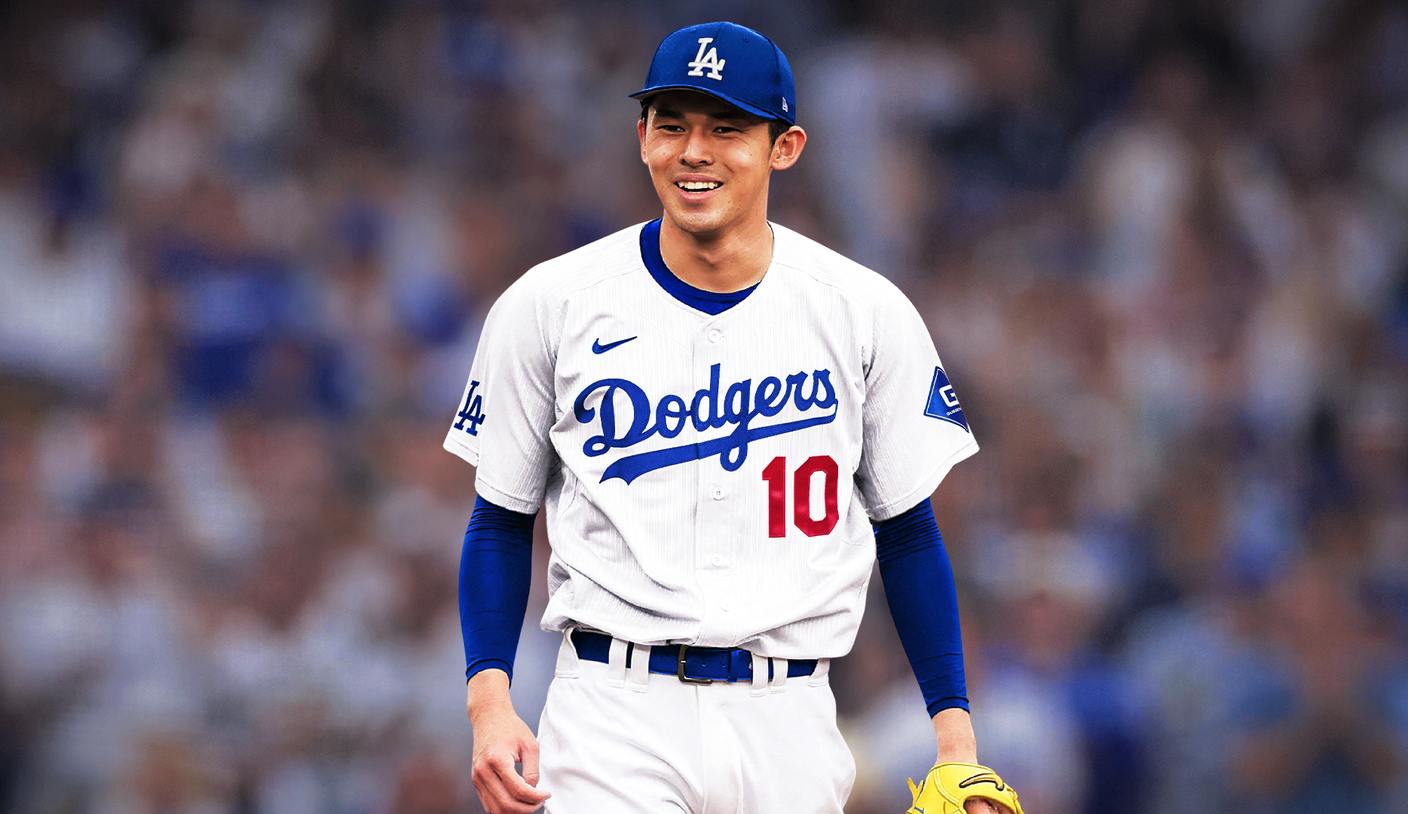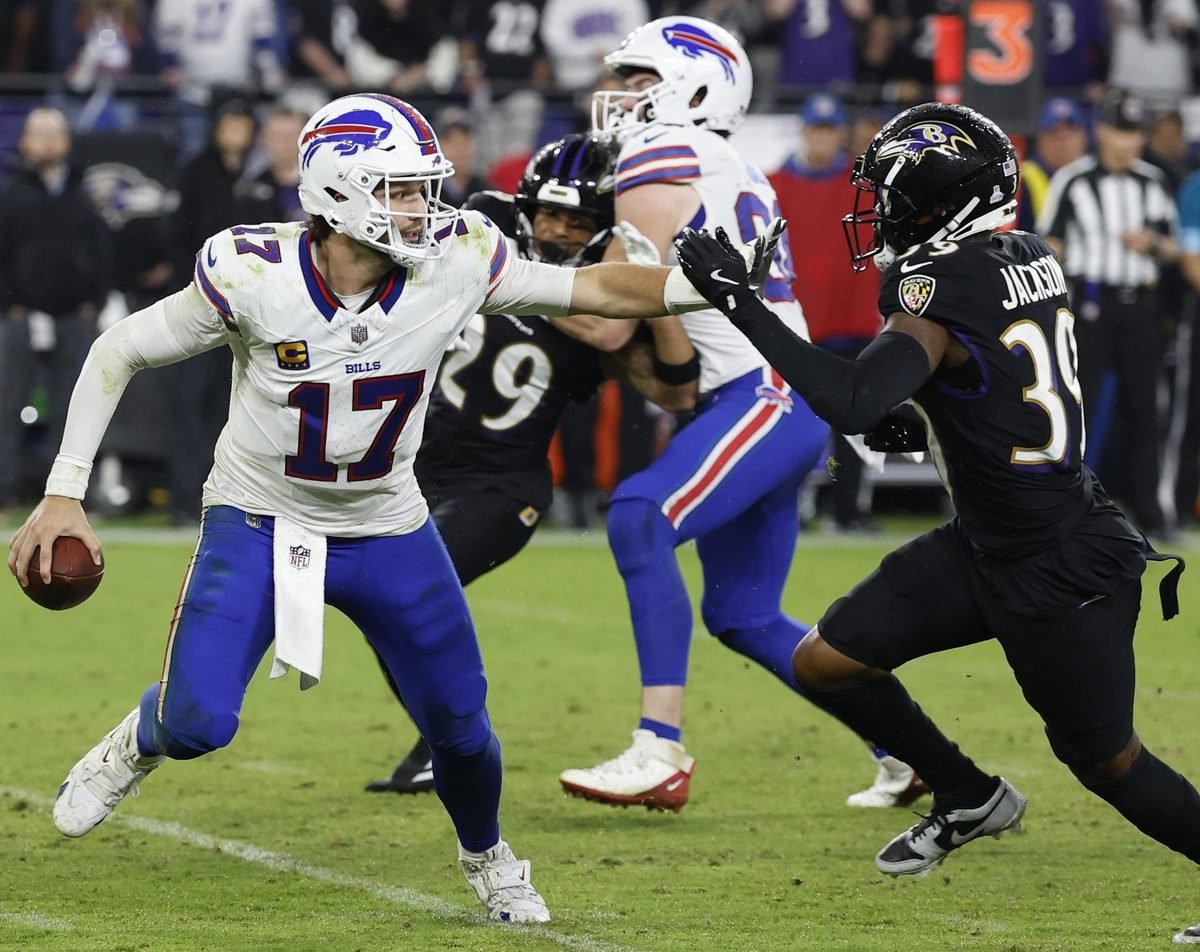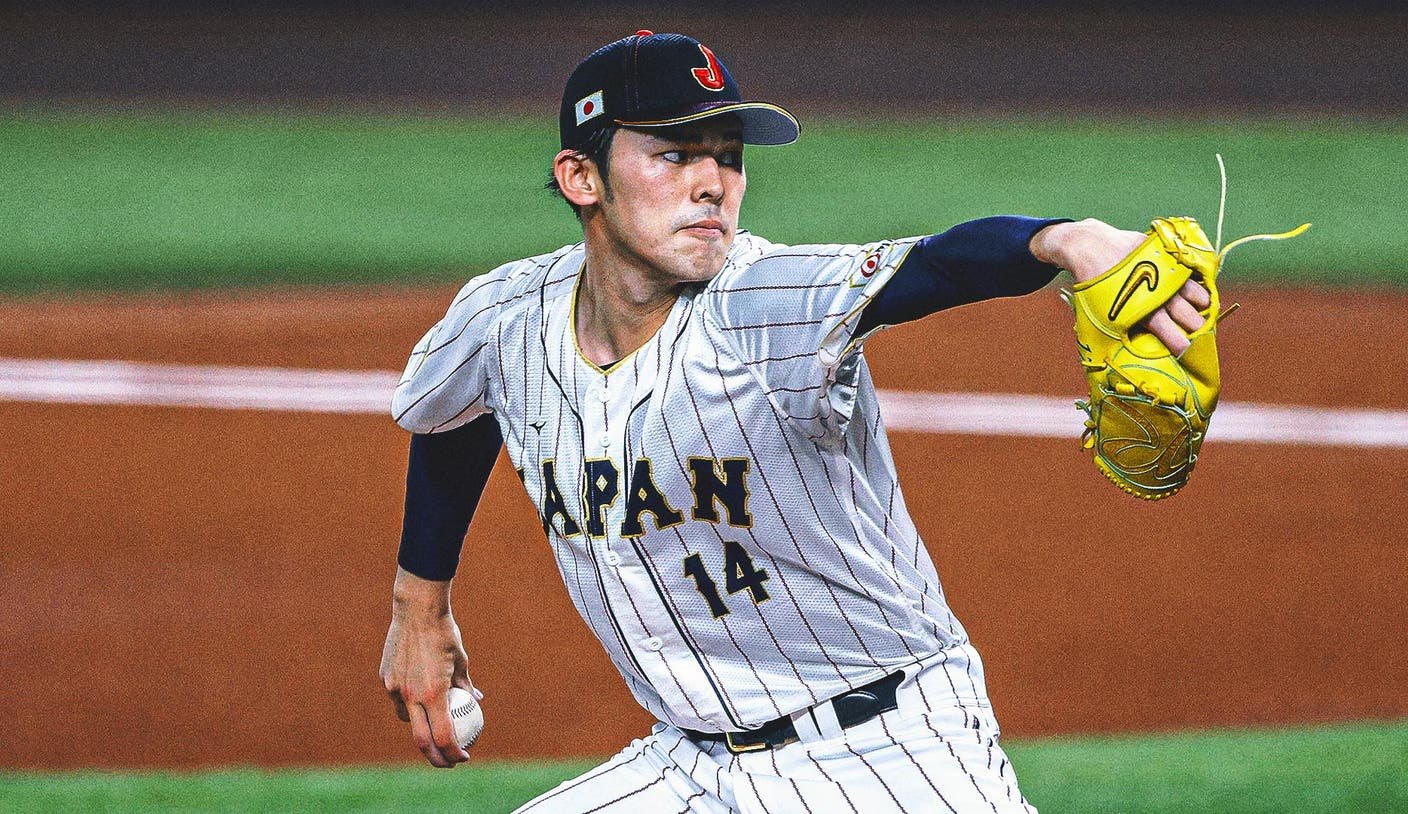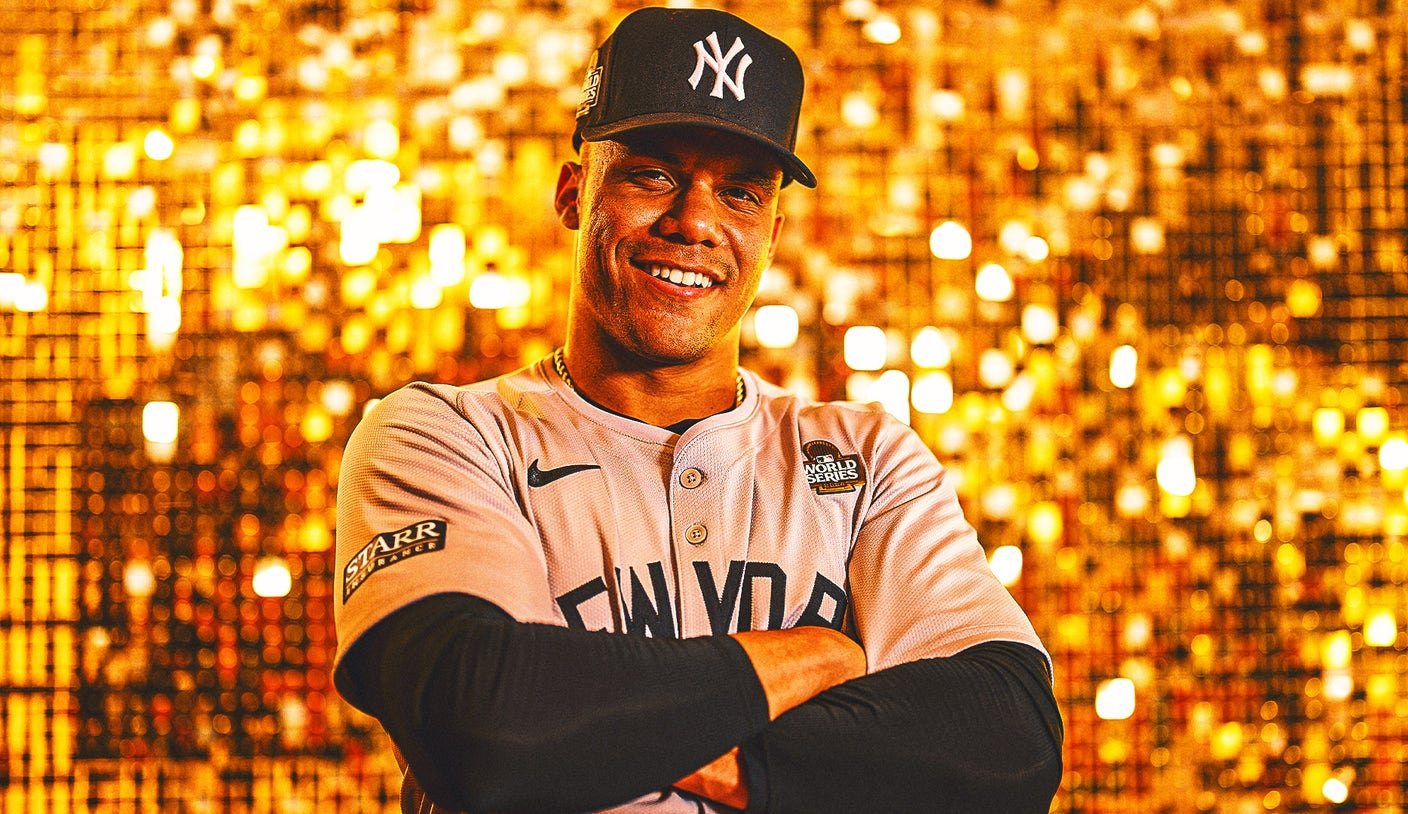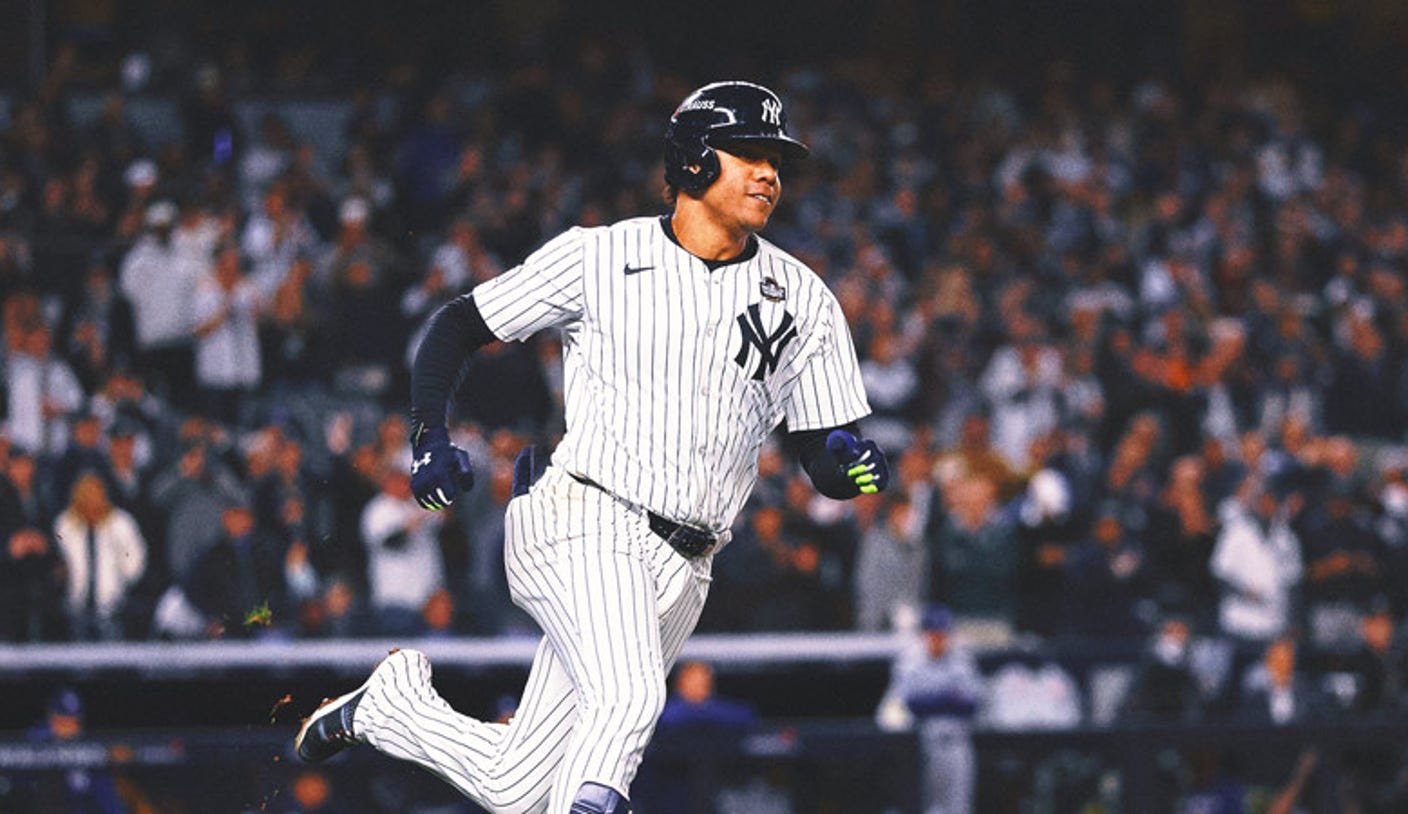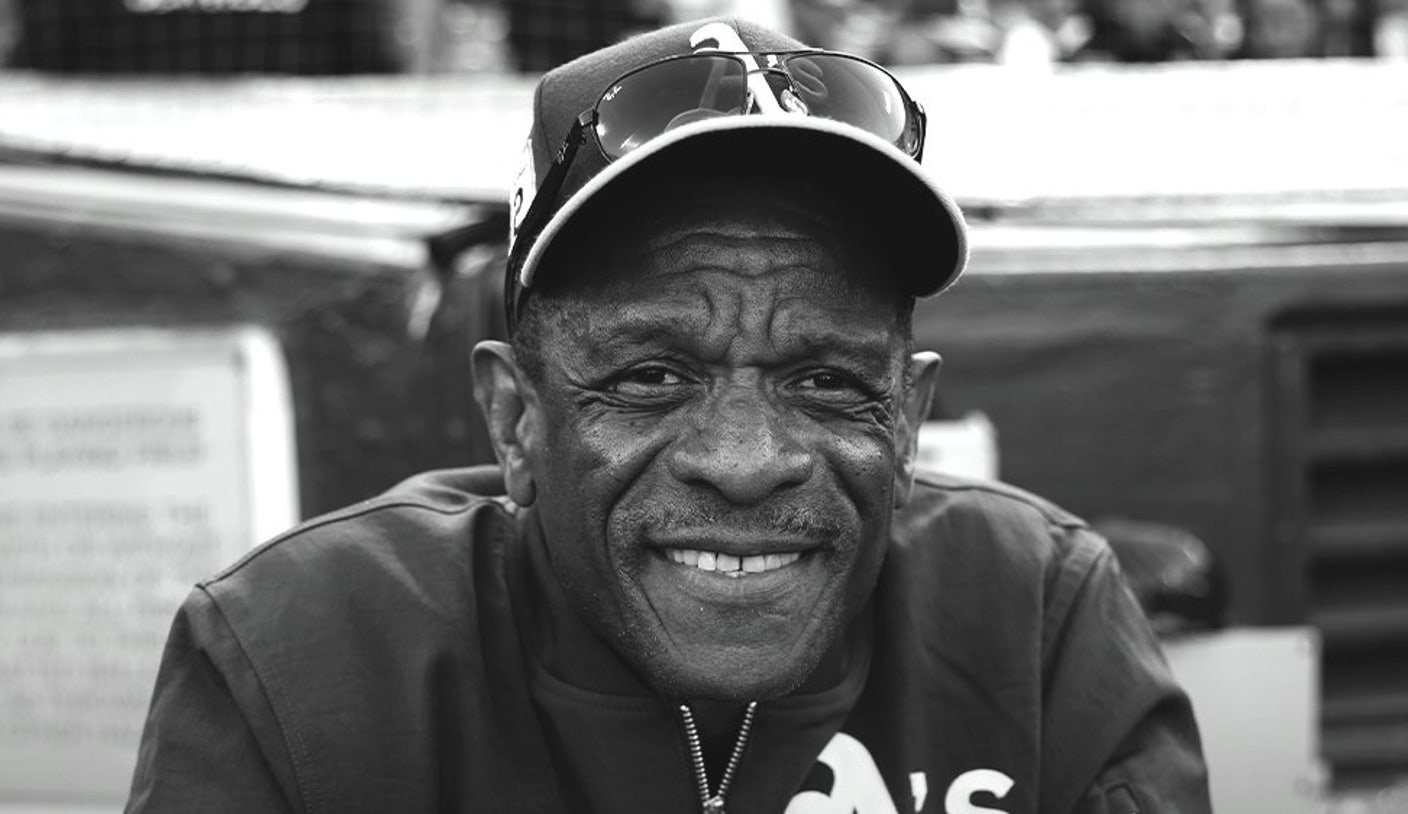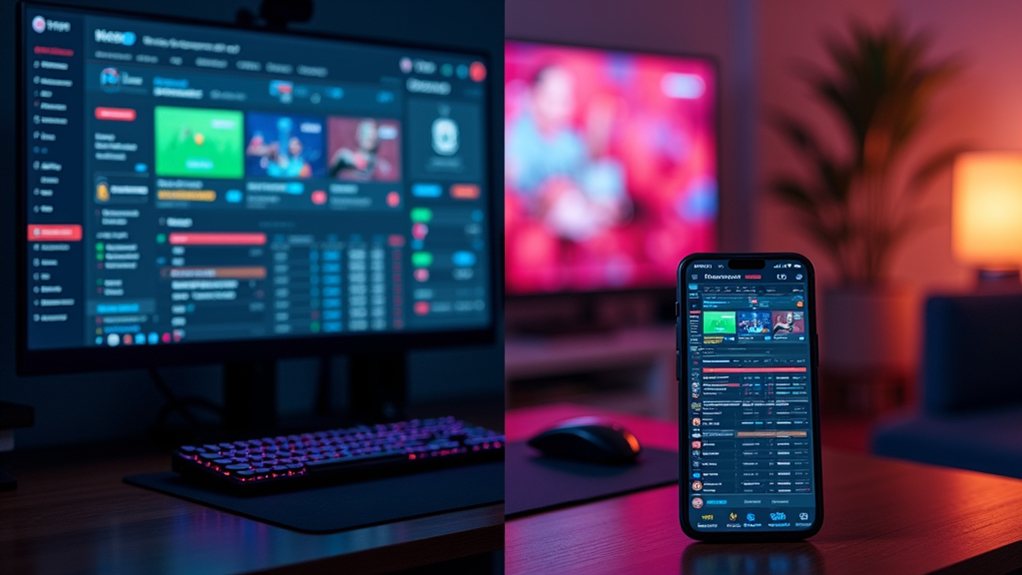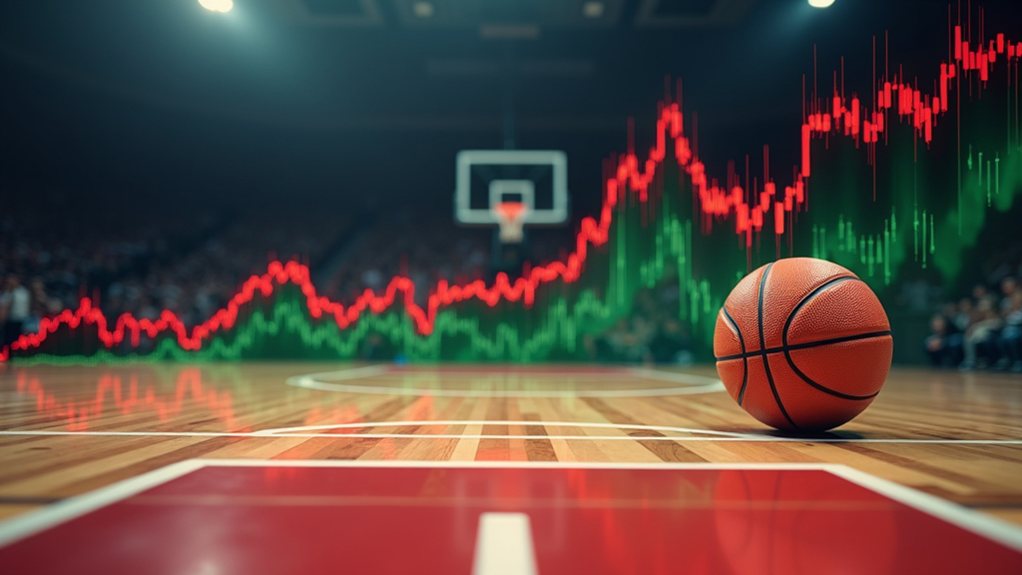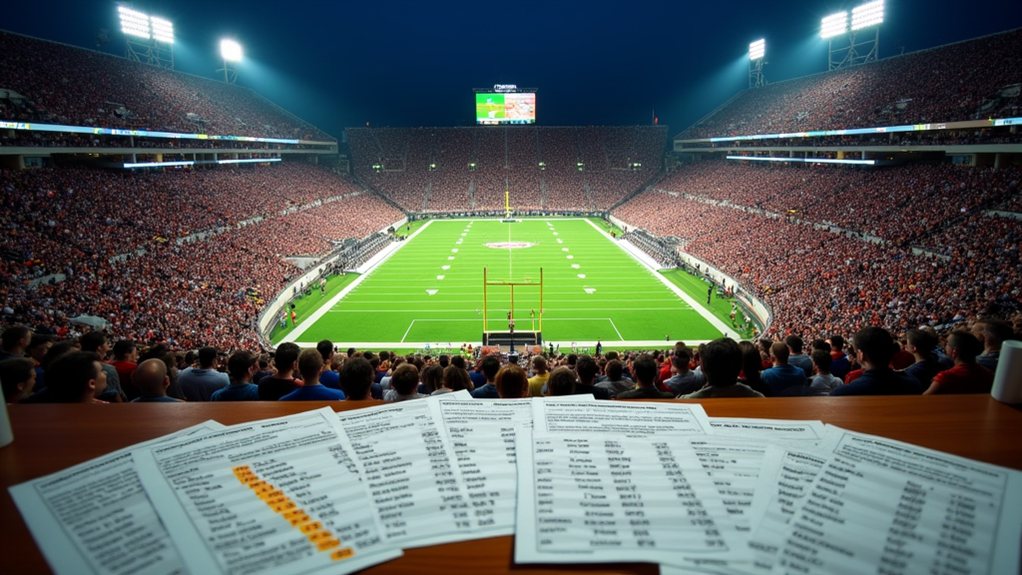Dodgers win Rōki Sasaki sweepstakes, solidifying their status as the leading MLB destination for NPB stars. Last December, the Los Angeles Dodgers welcomed Shohei Ohtani, marking the end of a significant pursuit and the beginning of a new chapter.
“One of our goals is to have baseball fans in Japan convert to Dodger blue,” stated Andrew Friedman, the president of baseball operations, during Ohtani’s introductory press conference. “We want Shohei and his teammates to help spread the love for Dodgers baseball throughout Japan.”
In the following weeks, the Dodgers’ efforts continued with the signing of Yoshinobu Yamamoto. On Friday, they further established their appeal to Japanese talent by winning the Rōki Sasaki sweepstakes. Sasaki, in a nod to Ohtani, announced his decision through an Instagram post, confirming what many anticipated: his future lies in Los Angeles.
Although Ohtani may not be ready to pitch at the start of the 2025 season, the Dodgers are poised to feature Ohtani, Yamamoto, and now Sasaki—three of the most talented pitchers from NPB—on the mound at some point in 2025.
Unlike Ohtani’s record-setting 10-year, $700 million deal and Yamamoto’s 12-year, $325 million contract, the acquisition of Sasaki came at a more manageable cost. The 23-year-old pitcher, who faced international amateur free-agent restrictions similar to those Ohtani encountered in 2017, will receive a reported $6.5 million signing bonus from the Dodgers. His contract resembles a minor-league deal, granting the team control for six years while he earns the league minimum over the next three years before arbitration eligibility.
Ohtani has proven to be a significant value in baseball, thanks to contract deferrals and multiple revenue streams. If Sasaki performs to expectations, he could also emerge as a valuable asset for the Dodgers.
Friedman expressed confidence in Sasaki’s potential, saying, “He has talked about his desire to be the best pitcher in the world, and we believe he has the capability to achieve that.”
Sasaki’s affordability made him an attractive target for any team, but it was the Dodgers, with the highest payroll, that secured his services. The reigning champions needed pitching reinforcements this winter. By signing Sasaki alongside Blake Snell, they acquired two of the most sought-after pitchers available.
The Dodgers signaled their interest in Sasaki early, with Friedman labeling him a “major priority” at the winter meetings in December. The hope was that Sasaki’s experience winning the World Baseball Classic with Ohtani and Yamamoto would bolster their chances.
This strategy clearly paid off.
Sasaki’s agent, Joel Wolfe, noted, “He has been following how teams have performed, both this year and in past seasons. He watches a lot of Major League Baseball and has taken note of what his WBC teammates have accomplished. He has asked many questions regarding weather, comfort, and pitching development.”
Given these insights, it’s clear why Los Angeles was an appealing option for Sasaki, making the Dodgers the frontrunners for this rising Japanese star. Wolfe advised Sasaki not to focus solely on the bonus pool money a team could offer but to think about the long-term trajectory of his career. Sasaki is placing his trust in the Dodgers to help develop his talent until he can secure a lucrative deal in the future.
During their initial pitch, the Dodgers emphasized the city’s opportunities, the organization’s stability, and the existing infrastructure supporting Japanese players. Sasaki presents a tremendous opportunity for their pitching development staff. He combines a fastball that reaches triple digits with a slider and a splitter that consistently generates strikeouts, potentially making it one of the best pitches in MLB.
Sasaki concluded his four-year NPB career with an impressive record of 29-15, a 2.10 ERA, a 0.89 WHIP, and a strikeout-to-walk ratio of 5.74, averaging 11.5 strikeouts per nine innings. His standout performances included a perfect game with 19 strikeouts in 2022 and a season in 2023 where he struck out 135 batters in just 91 innings. Although he faced shoulder issues last year, raising concerns about his health and durability—having pitched fewer than 130 innings in each of his four NPB seasons—his potential remains high, and the risk associated with his contract is minimal.
This signing is expected to benefit a Dodgers team that entered the offseason seeking starting pitching after overcoming a series of injuries during their World Series run. The 2024 season began with a rotation featuring Tyler Glasnow, Gavin Stone, James Paxton, Bobby Miller, and Yamamoto, but by October, only Yamamoto was available.
Glasnow could not complete his first year in Los Angeles due to an elbow sprain. Stone emerged as a promising rookie but eventually succumbed to injuries. He is expected to miss the entire 2025 season after shoulder surgery. Paxton was traded to the Red Sox after being designated for assignment. Miller, who showed promise as a rookie, experienced a setback after an early-season shoulder issue.
The Dodgers faced further challenges in October, as young pitchers Emmet Sheehan, River Ryan, and Kyle Hurt all required Tommy John surgery. The extent of these injuries prompted Friedman to consider forming a task force to reevaluate their pitching development strategies this offseason.
In the postseason, the Dodgers relied on a three-man rotation consisting of Yamamoto, Jack Flaherty, and Walker Buehler, both of whom are now free agents, leaving the team in need of reinforcements. They responded effectively to these challenges.
Friedman remarked, “There’s no such thing as too much pitching. We learned that last year.”
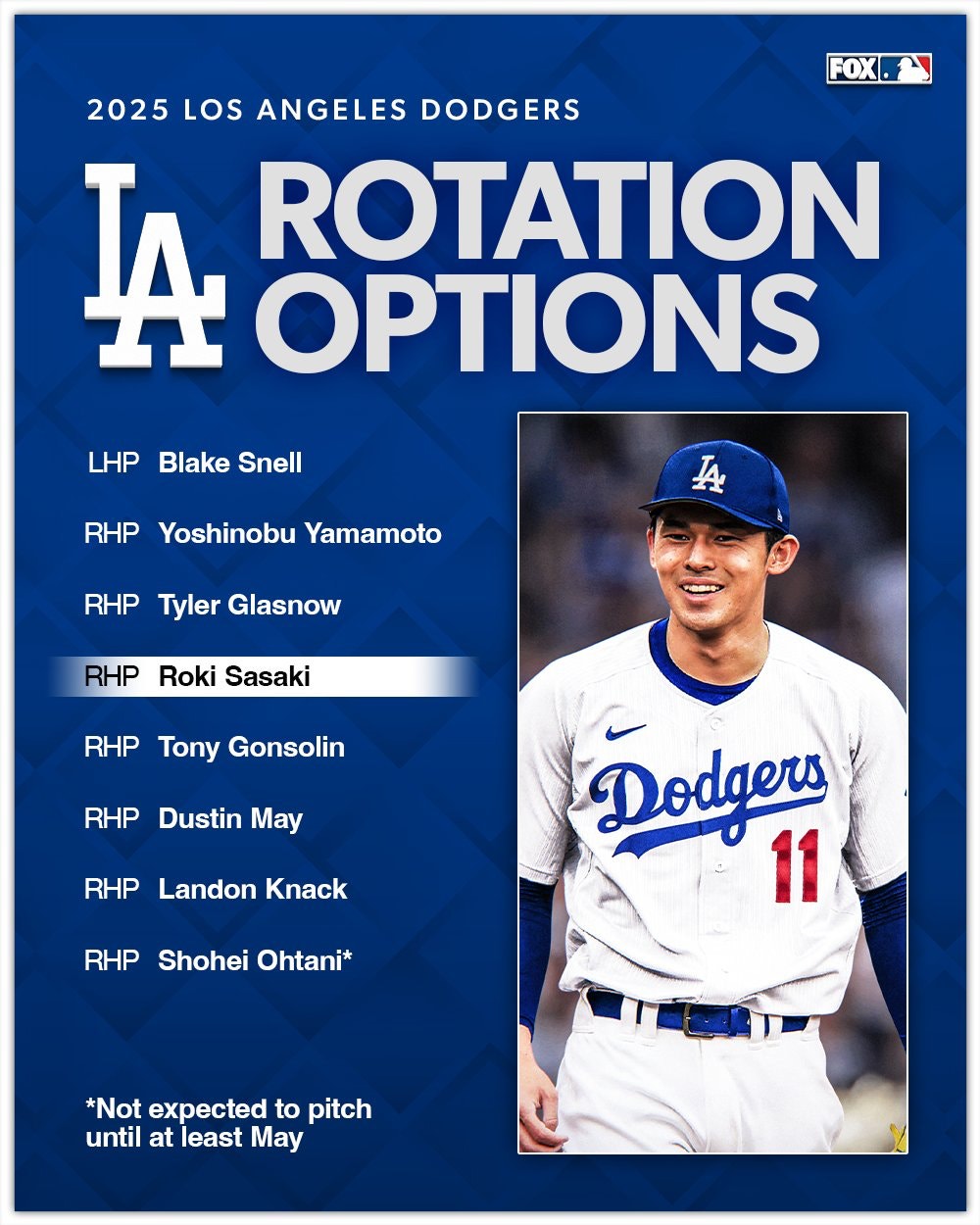
Sasaki will be joining a Dodgers rotation projected to feature Glasnow, Snell, and Yamamoto as key players in the spring. This group is among the most talented in MLB, yet it also carries numerous health uncertainties, especially among the supporting pitchers.
The Dodgers’ young pitching contributors may include Ben Casparius and Landon Knack, both of whom were on the playoff roster, along with Miller and Justin Wrobleski. Prospects Jackson Ferris and Nick Frasso, who missed last season due to labrum surgery, could also factor into the equation. General manager Brandon Gomes indicated that Sheehan might return in the second half of the season, contingent on his rehabilitation progress.
With numerous possibilities in play, the Dodgers are planning to implement a six-man rotation to accommodate the schedules of Yamamoto and Ohtani. Ohtani’s contract deferrals have created additional flexibility, and the team aims to establish a stable pitching group, especially given the unpredictability of injuries and the high costs associated with mid-season roster adjustments.
Friedman emphasized, “My goal is to do everything we can right now to not buy in July. It is a terrible time to acquire talent.”
Sasaki’s signing elevates the potential of the Dodgers’ pitching staff and highlights the team’s growing influence in Japan. The Dodgers have a history of successful signings from Japan, including Hideo Nomo in 1995, Hiroki Kuroda in 2008, and Kenta Maeda in 2016. However, the recent acquisitions signify a new level of commitment to attracting top-tier talent from NPB.
Wolfe noted, “It’s different for every single player. Each player has unique feelings about this process, which can also depend on the existing Japanese players on the team. Their outreach and perceptions can vary significantly.”
For Sasaki, having established Japanese players like Yamamoto and Ohtani on the Dodgers can be a significant advantage, offering guidance and support as he transitions to the MLB.
Before the duo led the Dodgers to a World Series victory, Friedman traveled to Japan to observe Sasaki, a pitcher who has intrigued MLB teams since his high school days.
Now, Sasaki represents the latest milestone in the Dodgers’ expanding influence in Japan. Seven years after their pursuit of Ohtani, they have successfully signed him, along with another promising Japanese pitching talent, solidifying their position as a preferred destination for NPB stars.
